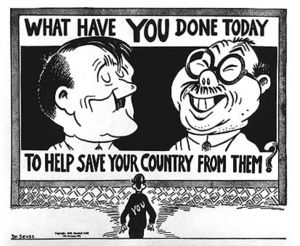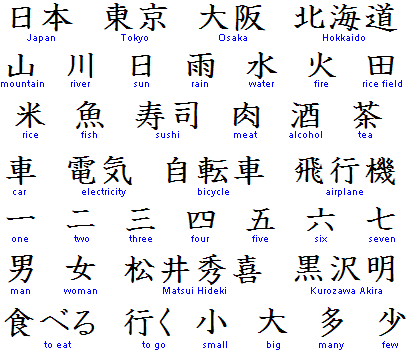Field Journal 5
Ukiyo-e
Ukiyo-e, (translated as: "pictures of the floating world") an art movement that began in the early Edo period that combined the realistic narratives told in emaki (traditional picture scrolls) with influences from the decorative arts. Looking into this style reminded me of all old Japanese myths and stories that I use to read, like Susanoo fighting the 8-headed serpent Orochi to the death and pulling out the sword Kusanagi from one of its tails. I like the bold colors and clean lines of the illustrations. I enjoy the woodblock tryptychs and marvel how each panel can stand on its own in artistic merit.
Yotsuya Kaidan, the story of Oiwa's ghostly revenge on Tamiya Lemon, who gradually descends into madness.
I also like the ones with that have a lot of things going for it, like the depiction of battle scenes, with big groups of samurai in armor, wielding their katana along with other exotic weaponry in a huge epic battle.
It was amazing to discover how much Art Nouveau took great influence from Ukiyo-e. Both are asymmetrical, use an outline and employ bold colors and are simple but detailed and very nice to look at. I would have never realized this if I hadn't enrolled in this class.
Pictures from:
http://www.sobi2pallas.jp/png/ukiyoe/181hiroshige-2.jpg
https://blogger.googleusercontent.com/img/b/R29vZ2xl/AVvXsEjuHQkmSZUBdbfQqZMgesqAO5gd7QUO7ZTSVV7kGOMb9NYsu8uqFyTh8IlxYAGRAuikGbAAXvuJGu-HUUqAiokjssgpaCvsTSRqvaG_HsZPBgSzQRP1eD-VNOz4YG3CafExSci0VlRQRqk/s1600/280.JPG
https://blogger.googleusercontent.com/img/b/R29vZ2xl/AVvXsEhOuIP6dplbTn5LPqBGSMI1NCPB4-VhmTs5tOISzj1Bxv3nkjrkkPeBLlCEwt2HlyWCzn8eVmYDbnwkrOAiu2OUjBn19irP0Sk4uyMOo1A2btb1fJ4QgD-hvgk5AOI_eOXqNAnYsnAdAO7D/s400/yotsuya1.jpg
http://upload.wikimedia.org/wikipedia/commons/8/83/YamataNoOrochi.jpg
http://cerriousdesign.com/images/nouveau11.jpg
Yotsuya Kaidan, the story of Oiwa's ghostly revenge on Tamiya Lemon, who gradually descends into madness.
Personally I like the color and detailing of the landscape in some of these. This is typical of the thoughts and culture of Japan in that everyday is a journey and it is ever-changing and flowing. Impermanence is also a Buddhist basic belief which reflects in the life of people in Japan, culturally.
I also like the ones with that have a lot of things going for it, like the depiction of battle scenes, with big groups of samurai in armor, wielding their katana along with other exotic weaponry in a huge epic battle.
It was amazing to discover how much Art Nouveau took great influence from Ukiyo-e. Both are asymmetrical, use an outline and employ bold colors and are simple but detailed and very nice to look at. I would have never realized this if I hadn't enrolled in this class.
Pictures from:
http://www.sobi2pallas.jp/png/ukiyoe/181hiroshige-2.jpg
https://blogger.googleusercontent.com/img/b/R29vZ2xl/AVvXsEjuHQkmSZUBdbfQqZMgesqAO5gd7QUO7ZTSVV7kGOMb9NYsu8uqFyTh8IlxYAGRAuikGbAAXvuJGu-HUUqAiokjssgpaCvsTSRqvaG_HsZPBgSzQRP1eD-VNOz4YG3CafExSci0VlRQRqk/s1600/280.JPG
https://blogger.googleusercontent.com/img/b/R29vZ2xl/AVvXsEhOuIP6dplbTn5LPqBGSMI1NCPB4-VhmTs5tOISzj1Bxv3nkjrkkPeBLlCEwt2HlyWCzn8eVmYDbnwkrOAiu2OUjBn19irP0Sk4uyMOo1A2btb1fJ4QgD-hvgk5AOI_eOXqNAnYsnAdAO7D/s400/yotsuya1.jpg
http://upload.wikimedia.org/wikipedia/commons/8/83/YamataNoOrochi.jpg
http://cerriousdesign.com/images/nouveau11.jpg











